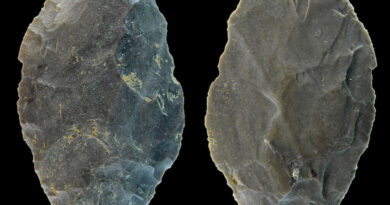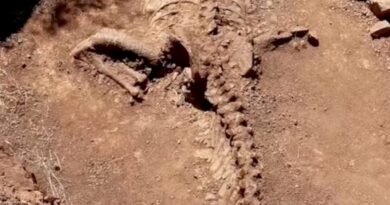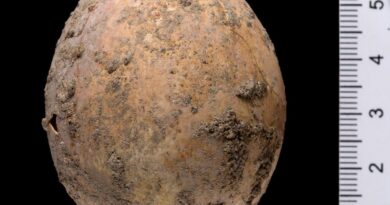3,000-Year-Old Lost City Of Ancient Egypt Marks Major Discovery For Archaeologists
Archaeologists have discovered a 3,000-year-old city believed to be the largest ever found of the ancient Egyptians and one of the most important discoveries of the empire.
The find has been described as “incredible” and the most important since the finding of Tutankhamun’s tomb was made. This new find was made during a mission led by former Minister of Antiquities Dr Zahi Hawass, coordinating with the Dr Zahi Hawass Center for Egyptology, according to an official statement from 8th April.
The archaeological site was found in the southern city of Luxor and is thought to have been the largest administrative and industrial settlement of its era.
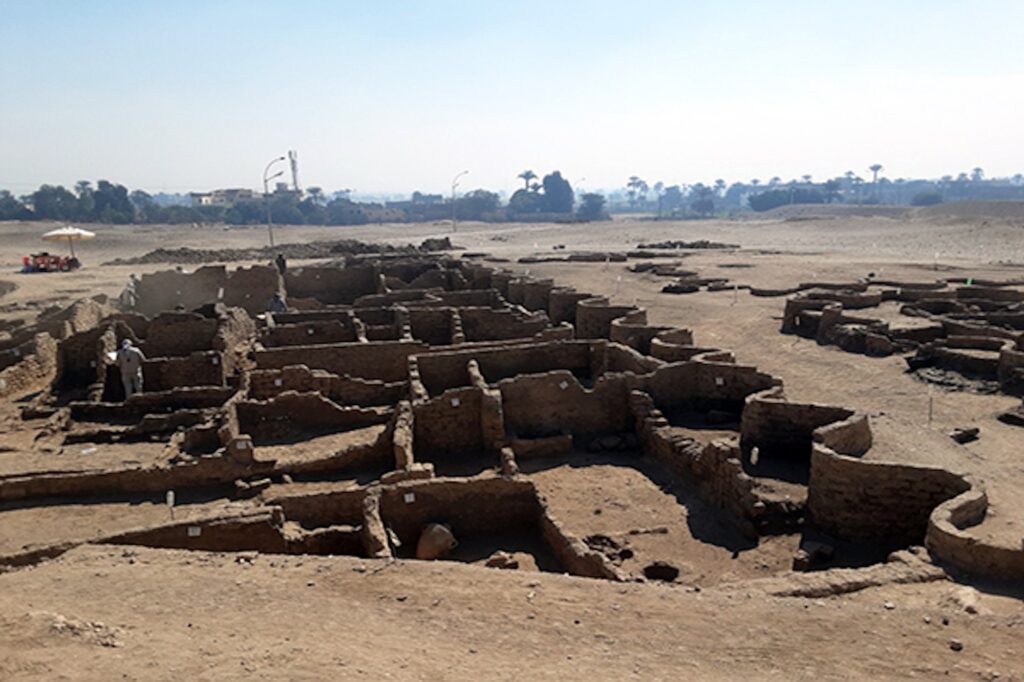
The ancient city is called ‘The Rise of Aten’ and was founded by King Amenhotep III around 3,000 years ago.
Experts were able to date the city by studying different carvings or hieroglyphics found on ceramic lids of wine vessels and different historical references across the city.
They also found seals bearing King Amenhotep III’s cartouche on rings, pottery, mud bricks and scarabs further confirming the date and founder of the lost city.
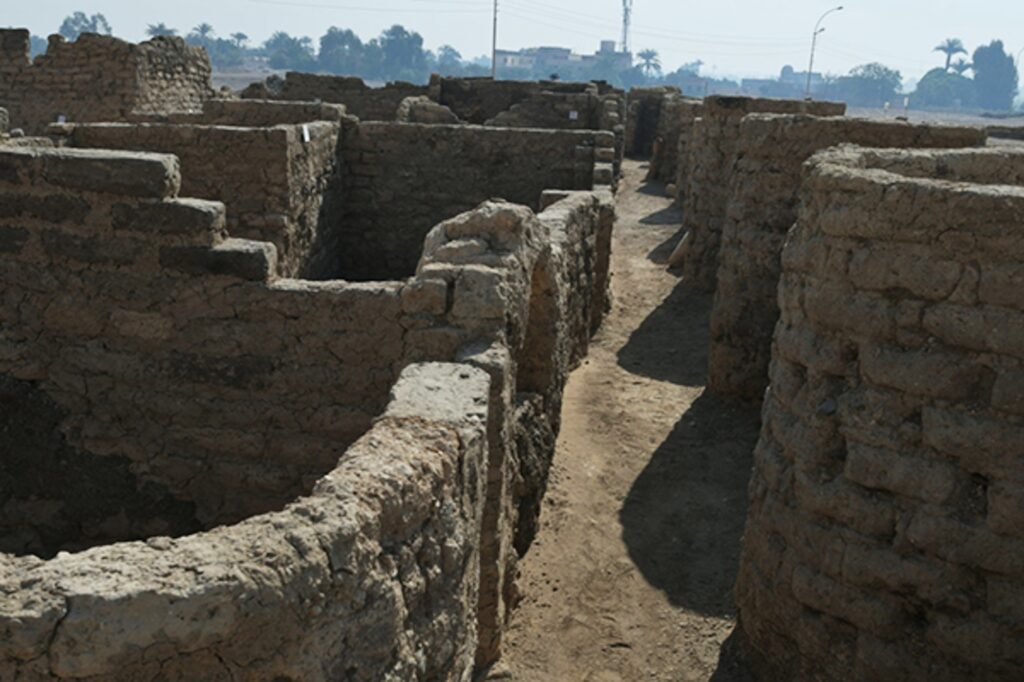
King Amenhotep III was the ninth king of the 18th Dynasty and ruled Egypt from 1391 until 1353 BC which is generally considered to be a golden age of ancient Egypt.
Excavations in the area started in September 2020 when the archaeologists were initially searching for the funerary temple of King Tutankhamun but which has long been searched for by scientists.
However, just weeks into the dig, they started finding mud bricks leading in every direction before realizing they had discovered what is believed to be the largest city ever found from the ancient empire.
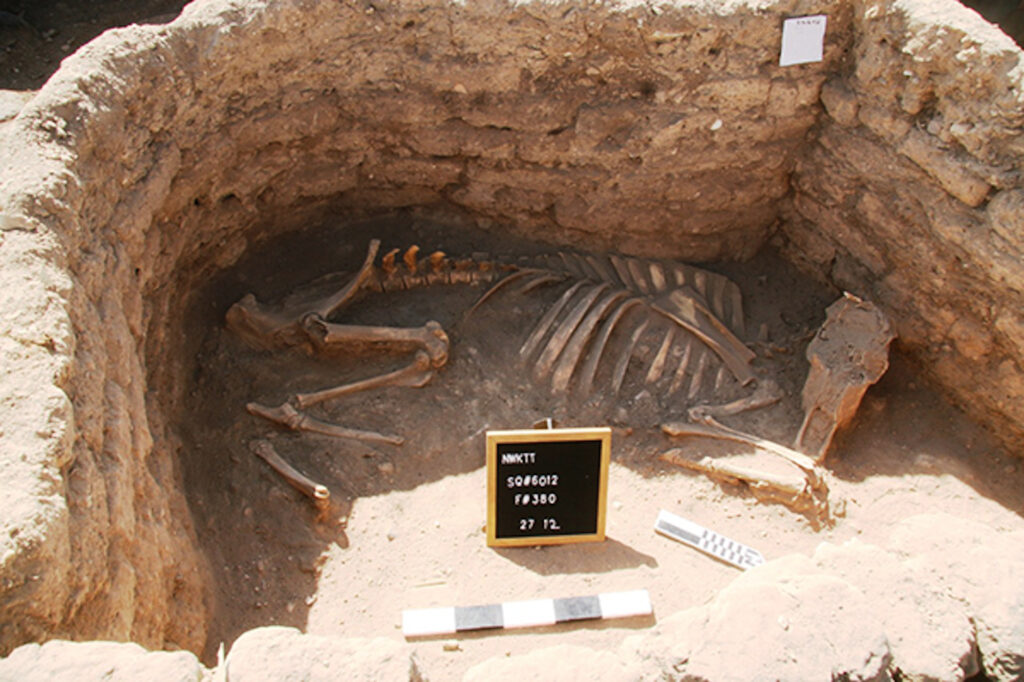
The find carries more significance due to how well preserved it is where walls up to three metres tall were found still standing and completely intact.
Rooms were found full of tools used in daily life which archaeologists also found intact almost “as if the inhabitants left them there yesterday”, according to the official report.
The team found what appeared to be two cows or bulls that had been buried in one area and also found the burial site of a person whose arms were extended but had their knees tied together. There has been no explanation as to why this was done as experts study the remains.
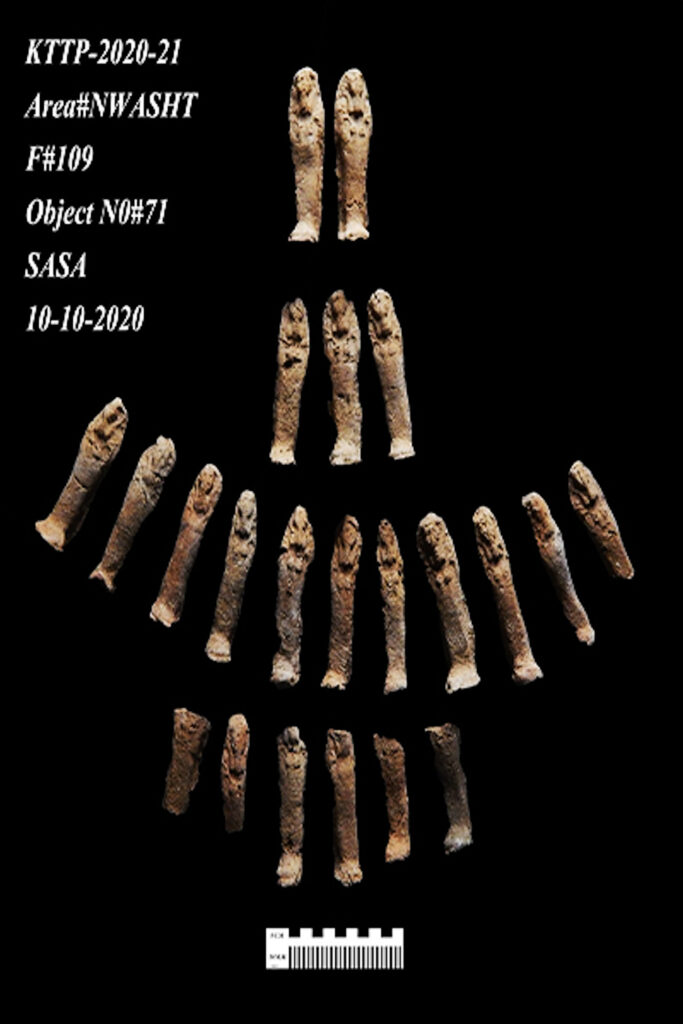
Johns Hopkins University Egyptology Professor Betsy Bryan said: “The discovery of this lost city is the second important archaeological discovery after the discovery of the tomb of Tutankhamun.”
Experts hope the city can shed some light on what the daily life of an ancient Egyptian was like during one of the wealthiest periods of Ancient Egypt.
They also hope the site will help shed some insight into why Akhenaten and Nefertiti decided to move to the city of Amarna which has remained one of the greatest mysteries in Egypt’s history.
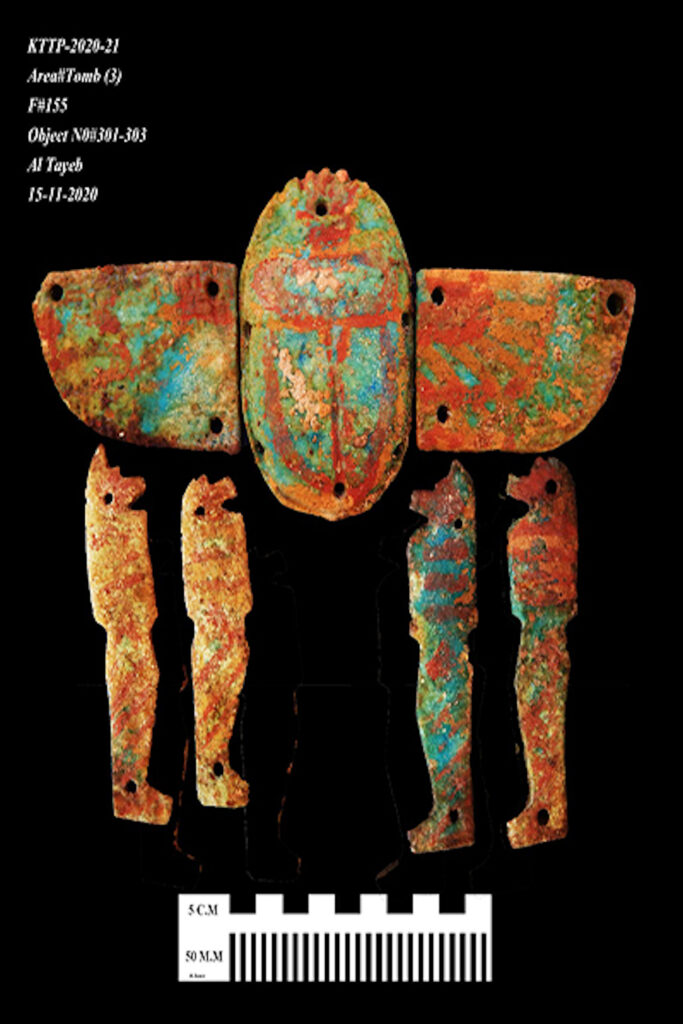
Evidence found in the city suggests it consisted of three royal palaces belonging to King Amenhotep III, as well as the administrative and industrial centre of the empire.
The city was also used by King Amenhotep III’s son Amenhotep IV, “Akhenaten”, who shared his rule for the last eight years, and King Tutankhamunbut.
The dig is still underway at the site which has now been divided into three main areas. One is the kitchen in the southern part of the city where excavators found they likely catered to a large number of workers.
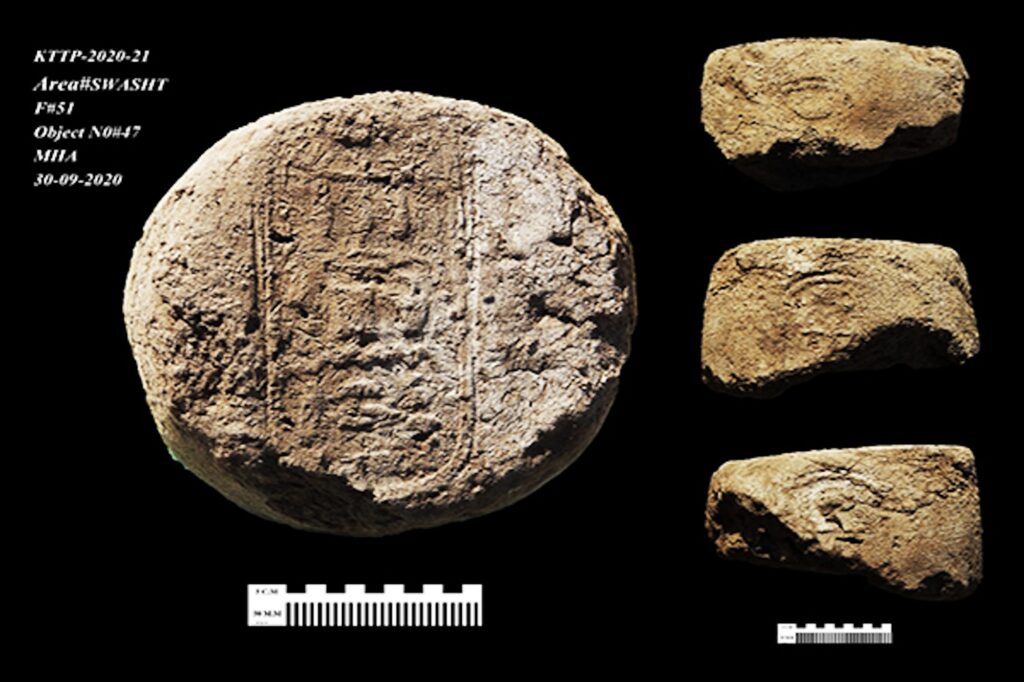
Another area is a workshop where they produced the mud bricks used to build temples and a final part of the city is thought to have been the administrative and residential area.
It consists of mostly well-arranged units but still remains partly covered as the archaeologists continue to work to uncover the city.

